Her rise to being a superstar garden designer was a slow and steady one. It began in earnest when her family moved from Bramley to Wargrave Hill in Berkshire. There, one George Leslie RA, remarked that she was:
Clever and witty in conversation, active and energetic in mind and body, and possessed of artistic talents of no common order … there is hardly any useful handicraft the mysteries of which she has not mastered—carving, modelling, house painting, carpentry, smith's works, repoussé work. Gilding, wood inlaying, embroidery, gardening, and all manner of herb and flower knowledge and culture, everything being carried on with perfect method and completeness.What a lady!
Starting small with both crafts and garden design she was doing everything from windowboxes in Manchester to textile designs for Pre-Raphaelite artists like Edward Burne-Jones, and soon she was receiving commissions from the upper echelons of society - interior design for the Duke of Westminster and Queen Victoria's personal composer Jacques Blumenthal. Throughout all this though, she was travelling around the Mediterranean and collecting plants from there as well as from across England and other European countries. She had a special pick, with which she would collect her samples and have them sent back to the UK where she tested growing them. She cultivated rosemary and lavender, had less success with agave, aloes and bougainvillea, but she didn't let any small failings stop her experimenting. The Jekyll siblings were all very greenfingered as well, so they encouraged each other along!
In 1876 Jekyll's father died, and her mother commissioned John James Stevenson, one of the leading architects of the Queen Anne style and an adherent of the Society for the Protection of Ancient Buildings founded by William Morris, Philip Webb, and others, to design a new home for them at Munstead Heath, Surrey. Gertrude designed a very unconventional garden that 'broke the mould' of traditional Victorian flower gardens.
the brilliancy of the border … was beyond anything we had hitherto seen in the way of hardy flowers—as different from the ordinary mixed border as night from day … The great point in this border is the grouping of the colours in broad masses, all being blended as to produce one harmonious whole.
Floods of important people in the horticulture world came to have a look at Gertrude's garden of wonder. And she won awards too - in 1897 she became only the second lady to receive the Victoria medal of honour of the Royal Horticultural Society for her work developing and breeding plants - of which she did absolutely loads. She had her own nursery at her home in Munstead Wood - delivering thousands of plants to her gardens across the country. She tried to take care that her plants were preserved by sending samples to Kew, but sadly, only eight are still with us today.
Gertrude Jekyll wrote many books and carried on designing gardens - over 400 of them in total across Europe and even the USA - nearly until her death in 1932. She never married.
There is a very good tie between Ms Jekyll and our hero King Edward VII. She did design gardens for many institutions and one was a new hospital - The King Edward VII Sanatorium, founded in 1901 for tuberculosis victims. It was situated in Midhurst where the ground is high and the air clean for those poorly-lunged souls. Gertrude Jekyll was commissioned at the age of 63 (and still in her prime) to design the gardens there, to ensure they were therapeutic and thus perfect for the recovery of the patients. The Sanatorium itself was built between 1903 and 1906 and upon its completion was opened by his Majesty in the presence of Miss Jekyll. I like to think they had a good old chat about plants, perhaps even about ginger and its healing properties? Who knows. It's fun to imagine, though.
Sadly, this garden, as well as most others, have long been lost to time and its destructive attitude towards man-made things, even woman-assisted nature. Luckily, the organised Gertrude left a wealth of detailed plans, most of which are in the Design Archives in California, so along with photos we can imagine what the gardens must have been like. Here's the Sanatorium ...
And because not only are the gardens gone at the King Edward Sanitorium but the site itself if closed down and barred to the public, I had to choose an alternative venue for this piece. The one I chose, which will explain the photos here, is Upton Grey in Hampshire - one of the gardens, along with the one at her home in Munstead Wood, Godalming, which has been fully restored with love and care to its original glory, using all the same plants and layout. It's an interesting old house, evidently bought in the 1980s by the couple who have worked their behinds off to restore and maintain it ever since. An absolute labour of love.
It's an astoundingly beautiful place and now was exactly the right time to visit - with roses in full force, peonies, everything. I hope my modest photography talents capture even a tiny amount of the gorgeousness. Here are a few more from the gardens - both Formal...
And Wild...
And for good measure... of course... some of The King's Ginger back in its Edwardian comfort!
Dress from Miss Bamboo - watch out for the next post with full details!
I would have killed for an ice cold King and Tonic during the shooting of these incredibly boiling photos but unfortunately, I was driving. Have one for me instead?
Thanks as ever to the King's Ginger who let me do these fun adventures, and to Upton Grey for letting me prance about taking photos. What a thoroughly beautiful place - I recommend a visit. The whole village is chocolate box pretty! Full outfit post on this dress with a few more Upton Grey photos coming soon, too.
Till next time...
Fleur xx
DiaryofaVintageGirl.com




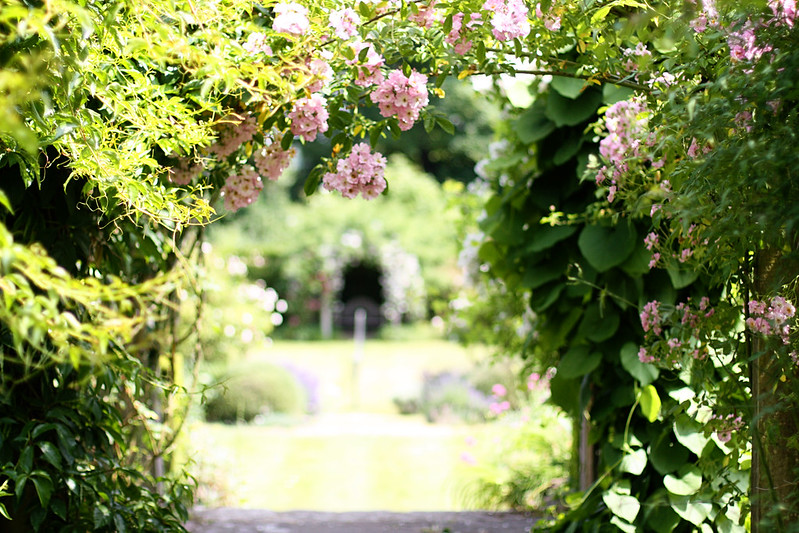
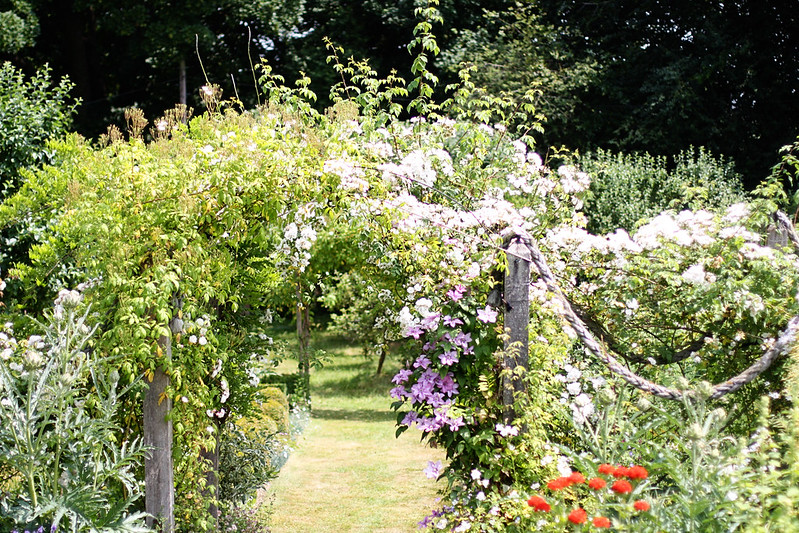

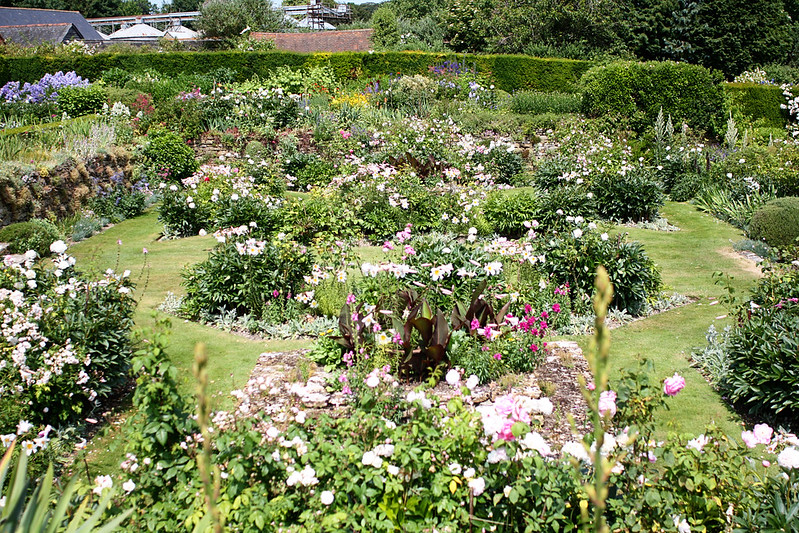
.jpg)

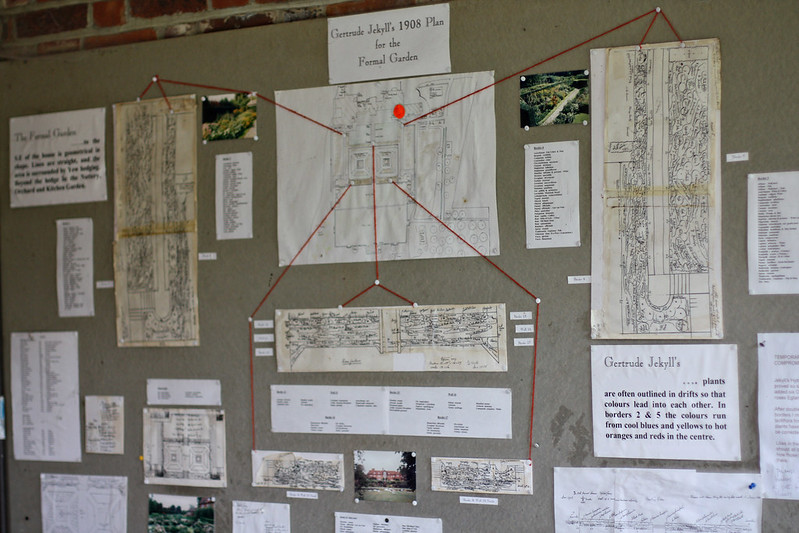




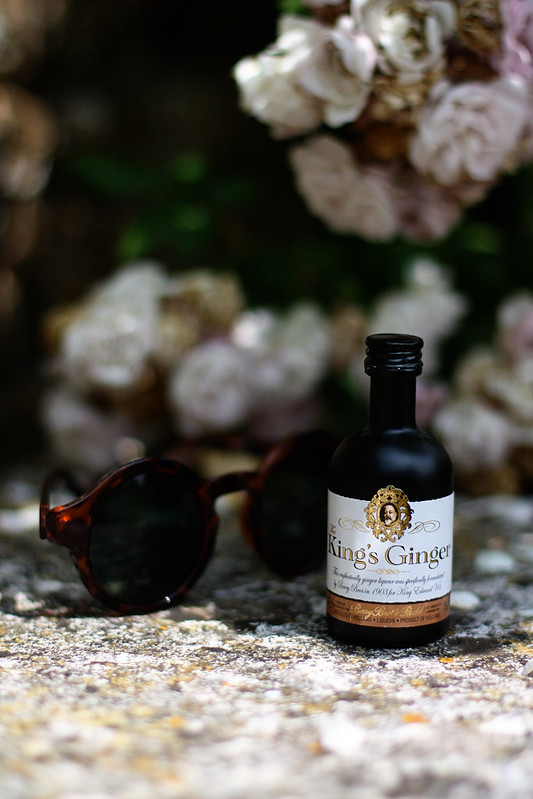

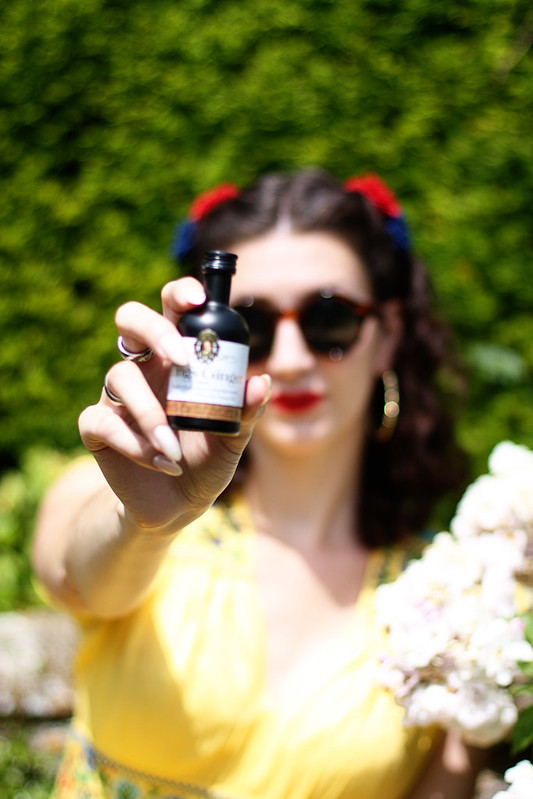


0 comments:
Post a Comment